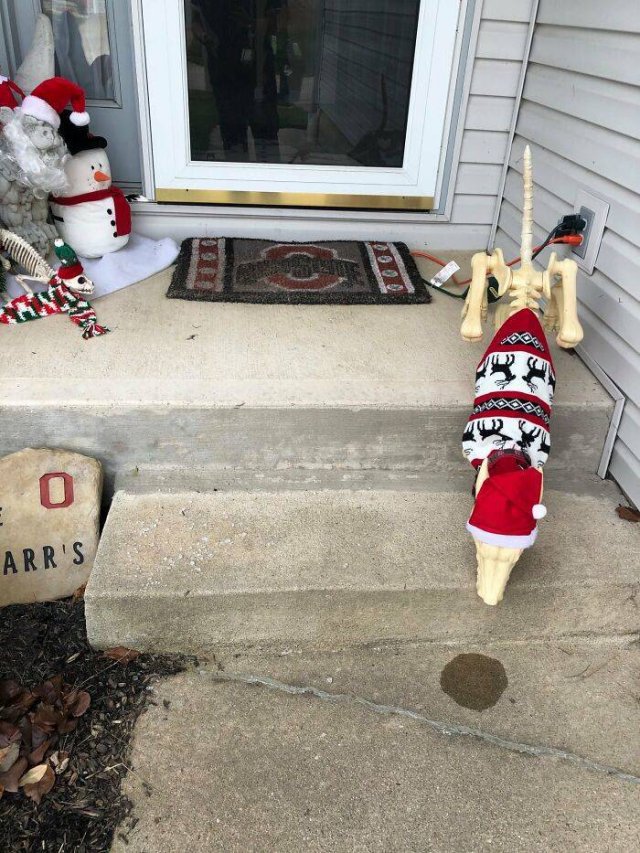

















































The only thing more impressive than the determination of this Karen to make a fool of herself is the history of the gargoyle. Likely erected as a defense against demons, the stone statues are rooted in religion and steeped in superstition, serving as water spouts. The word gargoyle is derived from gorge, a French word for throat—this is because a true gargoyle has a hollow neck, attached at one side to the building’s gutter system. When it rains, water flows from the roof into the gutter, which directs it to the gargoyle. The water passes through the pipe-like stone structure, and then dramatically falls out of the creature’s open mouth. By directing rainwater away from the structure, the gargoyle helps prevent damage to walls and the roof’s masonry, which, during the Gothic period, became really elaborate. Thus, in order to move the water as far away from the façade as possible, gargoyles are typically horizontally-oriented. Although earlier editions have existed in different cultures for centuries, these figures gained prominence in Medieval France.
During that period, many people looked to gods and goddesses, spirits and ghosts, or other supernatural entities for guidance, fundamental answers to life’s problems, and protection. So no wonder they protected their places of worship from evil spirits by placing supernatural beings on them.
Gargoyles were known to stand guard and ward off evil spirits and frighten away other creatures that meant no good. The more hideous and/or frightening their appearance was, the better these monsters could scare off all sorts of dark creatures. According to some stories, gargoyles come to life at night and act as protectors while one is asleep and vulnerable. They also have wings and can fly around the whole area and cover an entire village or town as well as the church. As the sun rises, the Gargoyles resume their place once more to serve as guardians during the day when their fierce visage can be seen and frighten off those that see their faces.
 Barnorama All Fun In The Barn
Barnorama All Fun In The Barn